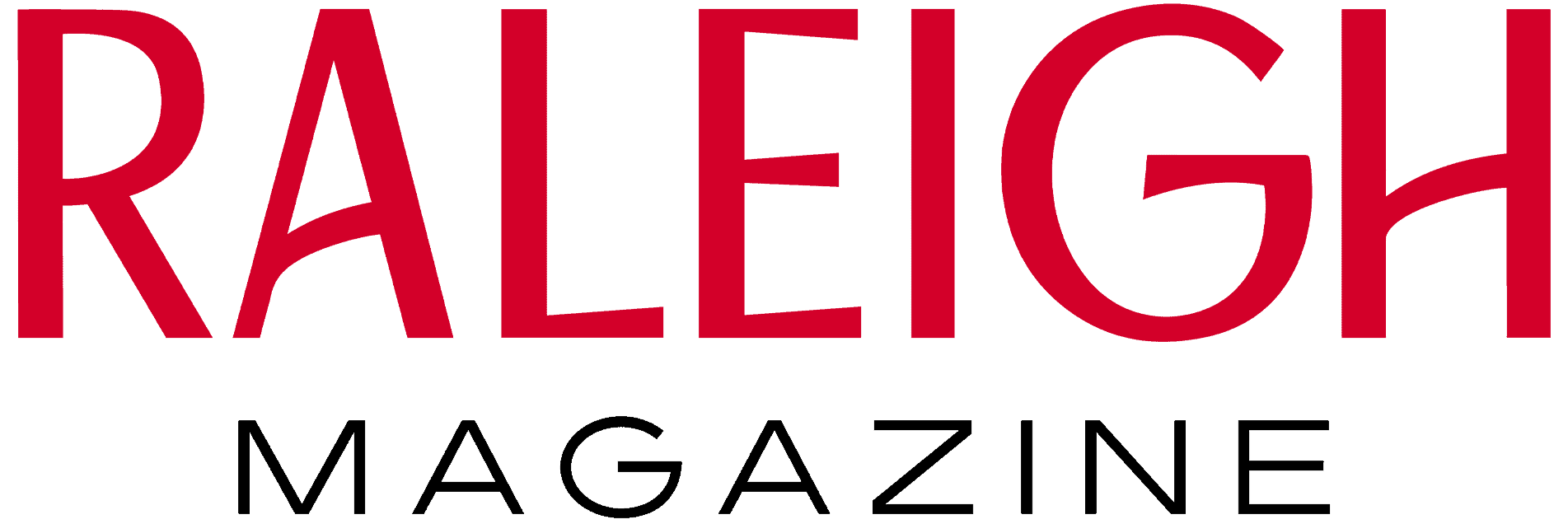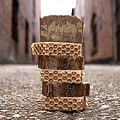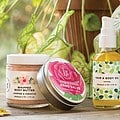Share this Post
From colors to ingredients, senior innovation scientist Abena Agyeiwaa Antwi works hard to keep the Burt’s Bees pipeline full.
Trying on lipsticks, balms and lotions—it’s all in a day’s work for Antwi, a cosmetics chemist for 8 years at Burt’s Bees. But there’s a lot of pressure, too, to make the best choices for quality, ingredients and, of course, marketability. How, exactly, does it all come together?
Q. Your job sounds so interesting. What goes into creating lipsticks and balms? What are the things you consider when developing a product?
A. When developing natural products, you need ingredients that are going to give you the best results. We look for ingredients with purpose; they must help achieve the results we’re striving for and be good for the skin. For natural lipstick, we use natural colorants like iron oxides. For all of our lip color products and our lip balms, we look for different melting point waxes like beeswax for structure and nourishing butters and oils to hydrate the lips.
 Q. How do you pick colors or decide on whether a color makes the cut?
Q. How do you pick colors or decide on whether a color makes the cut?
A. We have an in-house color specialist; she has access to all the fashion industry trends data and years of experience in the cosmetics industry. Our goal is to offer a classic range of wearable shades, not too many to choose from, and a few on-trend shades. The challenge is formulating natural lipsticks with the limited number of colorants we can use, since we won’t use synthetic dyes.
Q. What are some of Burt’s Bees most popular colors?
A. Our neutrals and pinks – in the lipstick range, Blush Basin, Nile Nude, Suede Splash, and Lily Lake are some of the favorites. The lipsticks just launched in January, and we’re noticing our bright berries and reds are getting a lot of love too – Brimming Berry, Magenta Rush and Scarlet Soaked. My go-to shade, which looks great on darker skin tones, is Juniper Water, a deep plum.
Q. What inspires you?
A. Cooking. I tell people that my job is like being a chef—instead of tasting my creation; I try on lipstick or put on a lotion. It’s an interesting blend of science and art. Nature also inspires me and is an inspiration for all Burt’s products. I grew up in Ghana, West Africa, so I used pure natural ingredients like shea butter and coconut oil for my skincare. I used to combine different colored clays to shea butter to create my own lipsticks. At Burt’s Bees, we now source our shea butter from Ghana, working with women’s cooperatives there. I love bringing that connection to my roots into my formulation work.
Q. What has surprised you the most over the years regarding how the trends in lip care and skin care have changed?
A. I am surprised and so pleased with the growth in offerings in the natural personal care space and impressed with how the aesthetics and efficacy of the products has improved. When I started formulating natural skincare eight years ago, many people were on the fence about natural skincare products—unsure of whether they would work as well as conventional products. Today with new innovations and technology, natural products are comparable, and I believe, particularly with lip care and skin care, natural ingredients are so beneficial in helping to nourish the skin.
Want this cool job?
A. I majored in chemistry undergraduate and went on to pursue my masters in cosmetics chemistry. I started my career as an intern in one of the leading global cosmetic companies. To become an innovation scientist in the personal care industry, you have to have expertise in all areas of the business. You must also establish great relationships with external partners like raw materials suppliers.
Share this Post







